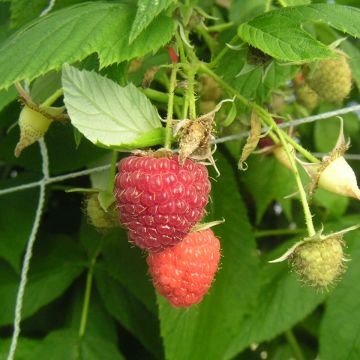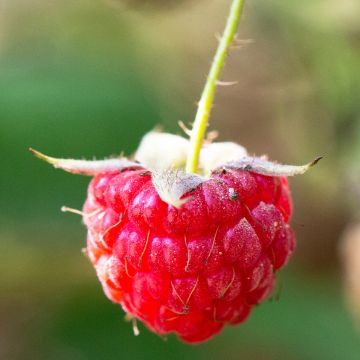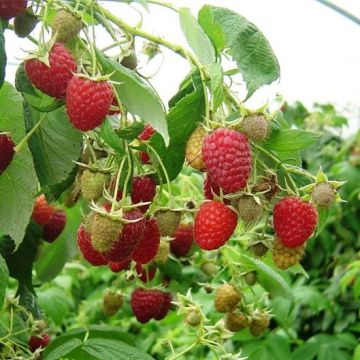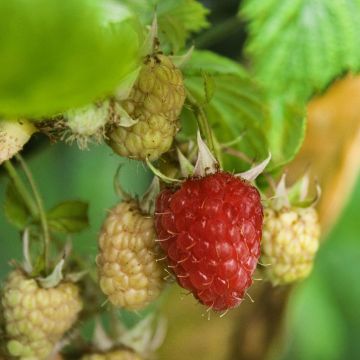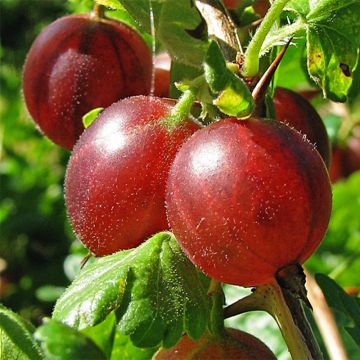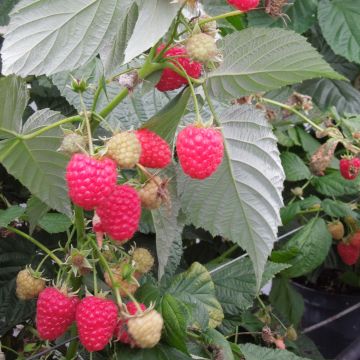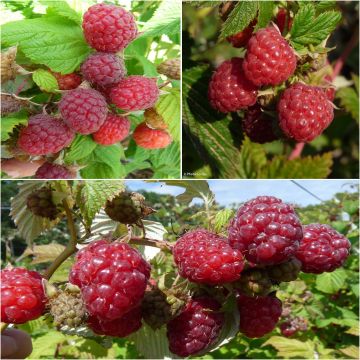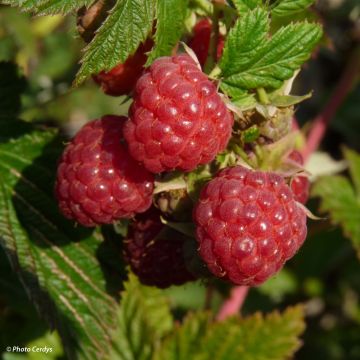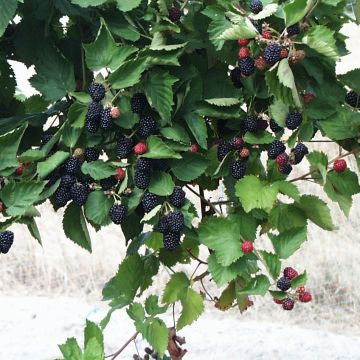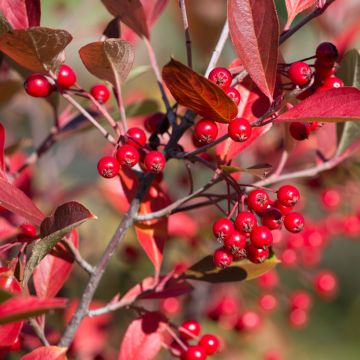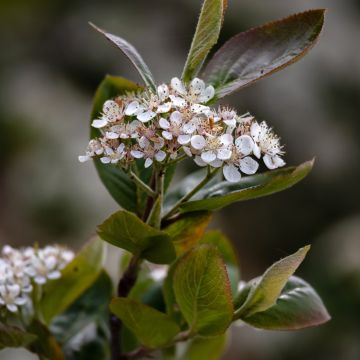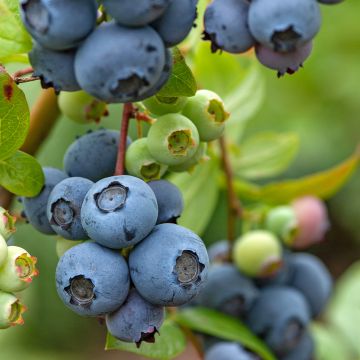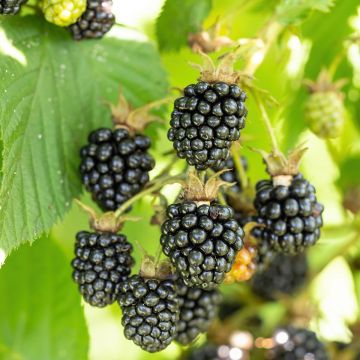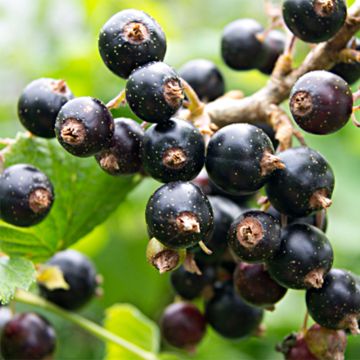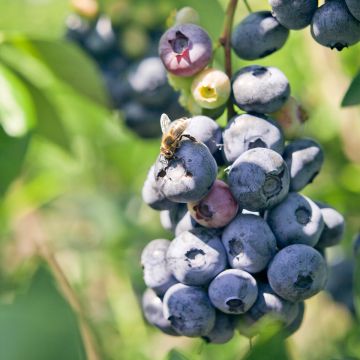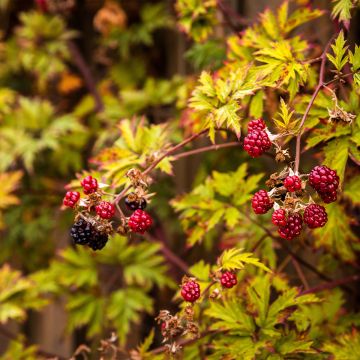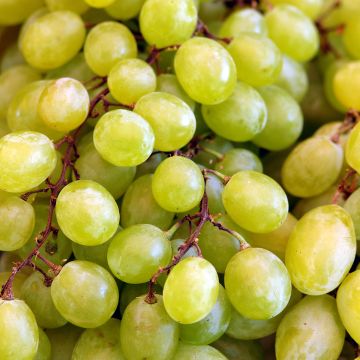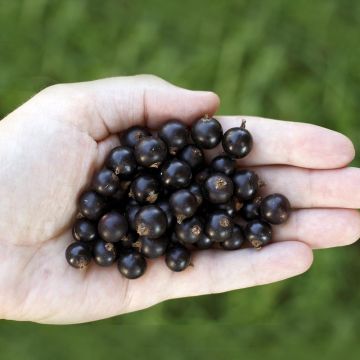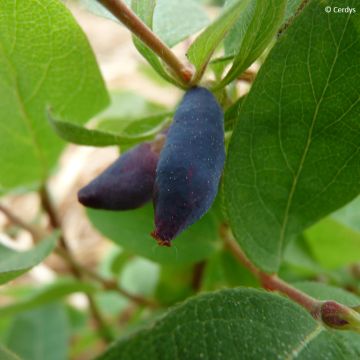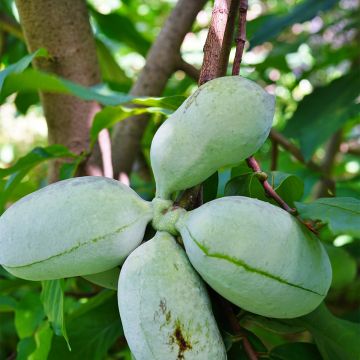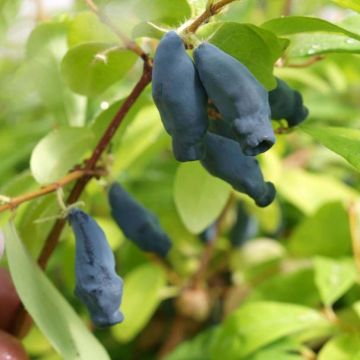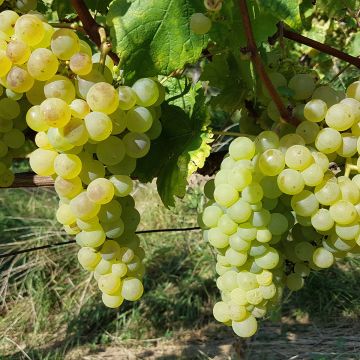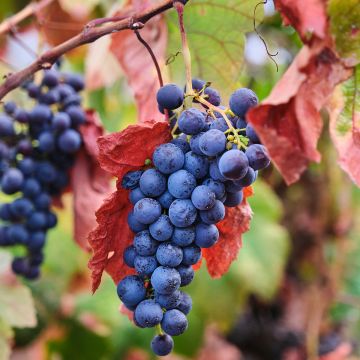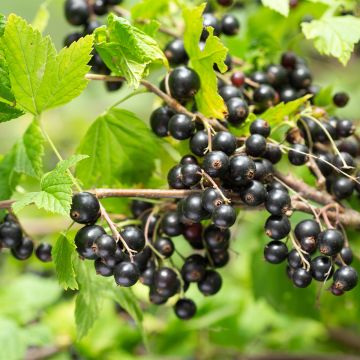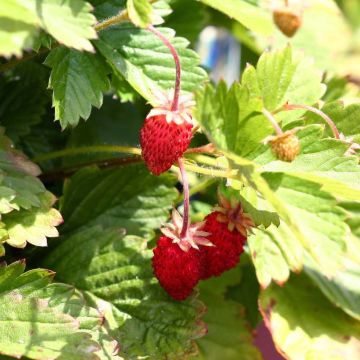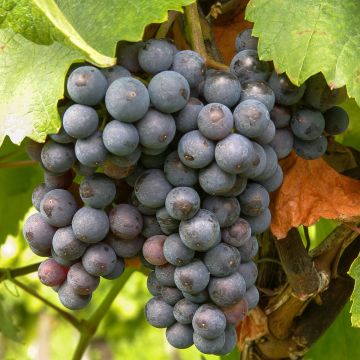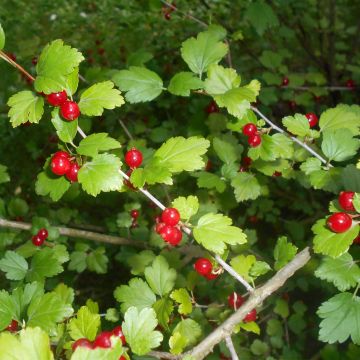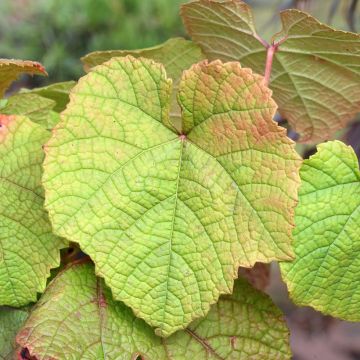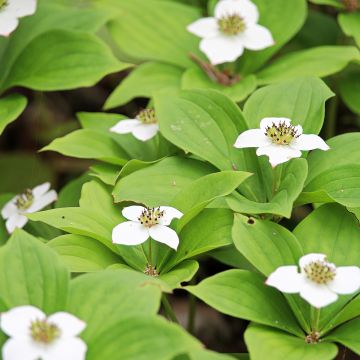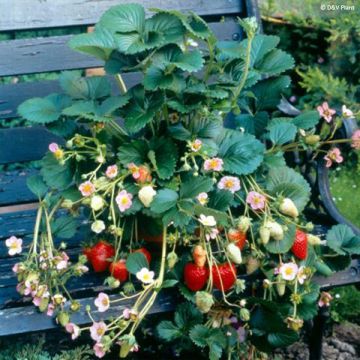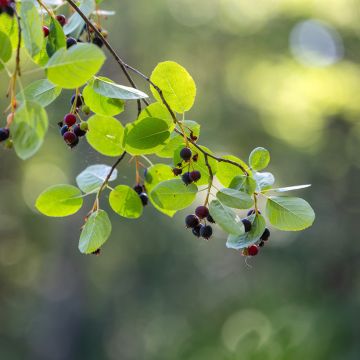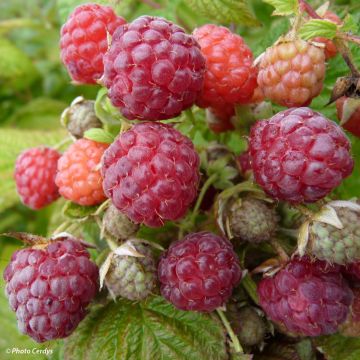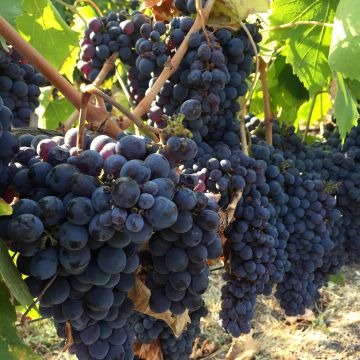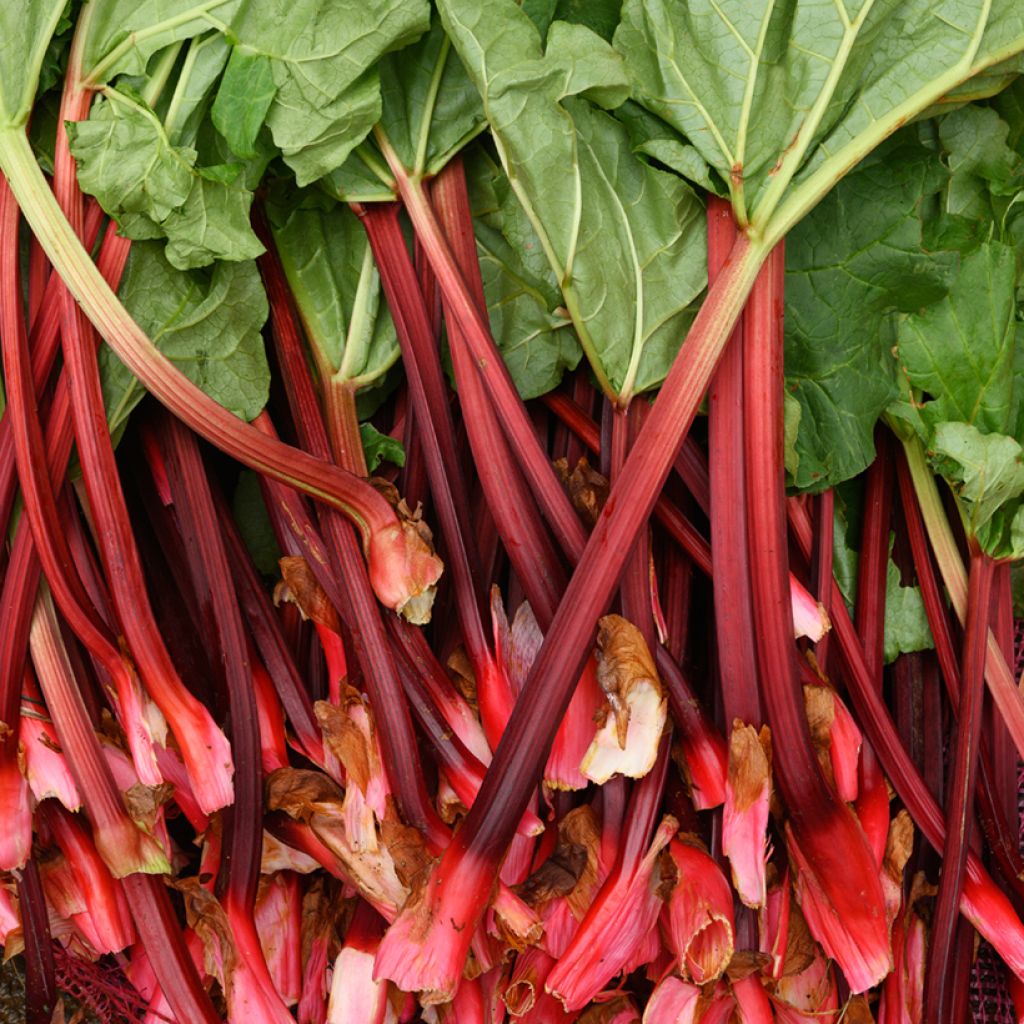

Fulton's Strawberry Surprise Rhubarb
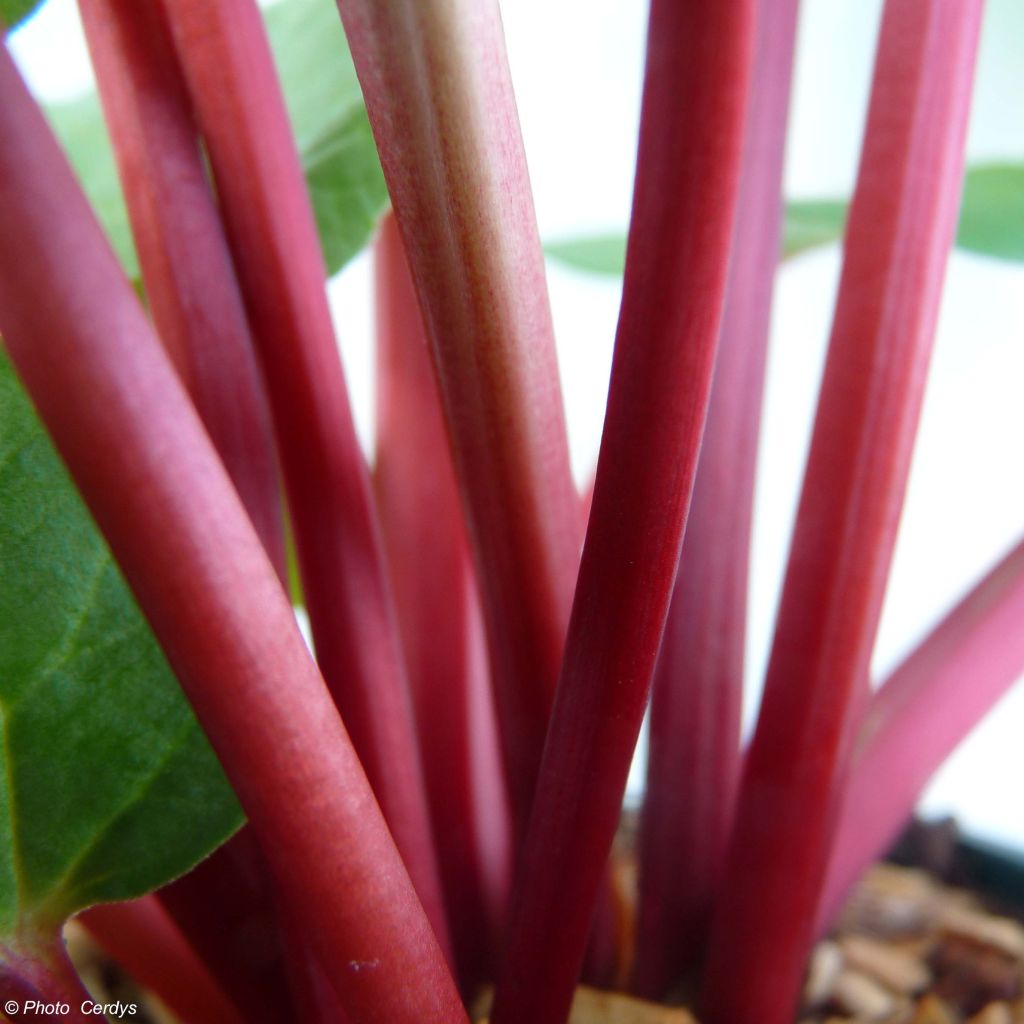

Fulton's Strawberry Surprise Rhubarb
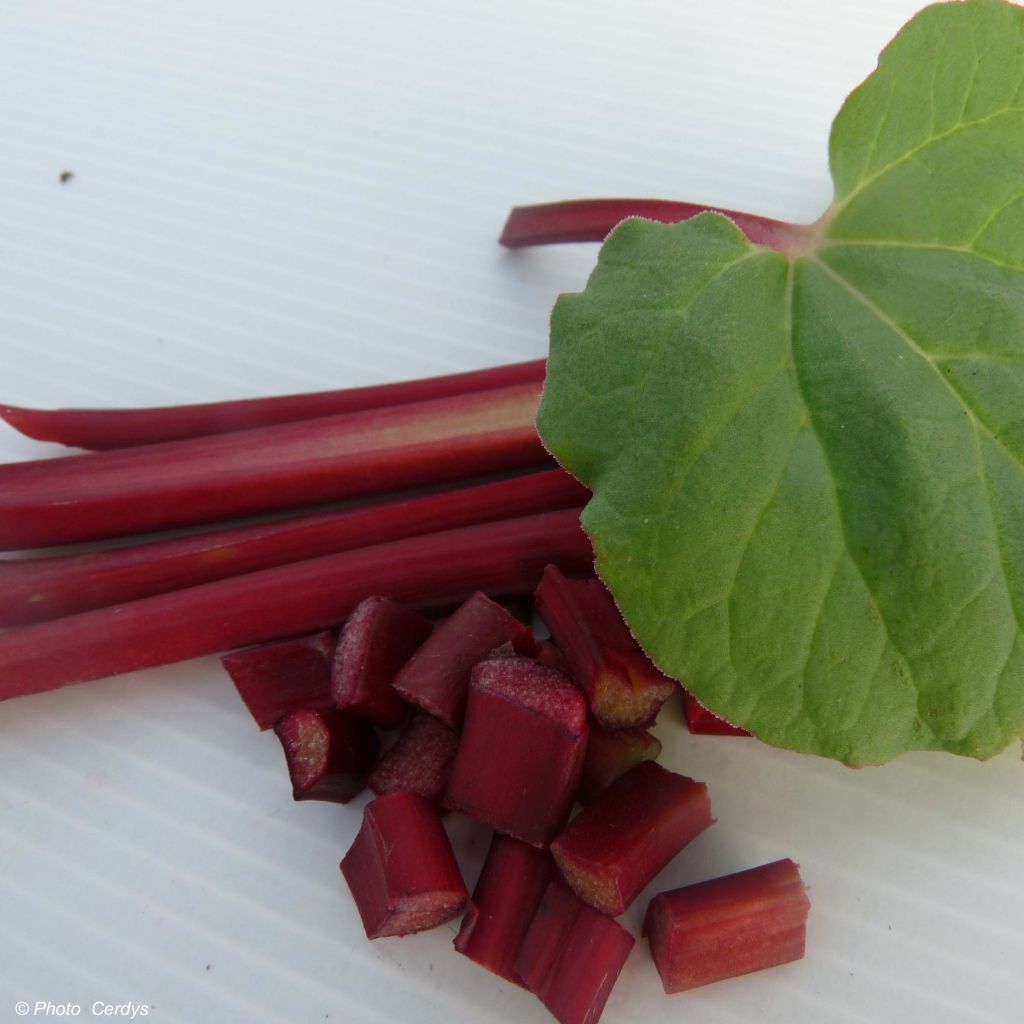

Fulton's Strawberry Surprise Rhubarb
Fulton's Strawberry Surprise Rhubarb
Rheum raponticum Fulton's Strawberry Surprise
Rhubarb, Garden Rhubarb
Well packaged upon receipt, planted 1 week after delivery, very good establishment! I can't wait to taste this variety.
Béatrice, 19/03/2019
Why not try an alternative variety in stock?
View all →This plant carries a 6 months recovery warranty
More information
We guarantee the quality of our plants for a full growing cycle, and will replace at our expense any plant that fails to recover under normal climatic and planting conditions.
From €5.90 for pickup delivery and €6.90 for home delivery
Express home delivery from €8.90.
Description
The 'Fulton's Strawberry Surprise' Rhubarb is a pretty variety that is grown for its red, sweet, and delicious petioles, which can be used in pies, compotes, jams, and crumbles. This variety remains quite compact and can be grown both in the ground and in pots. Harvesting can be done from May to September.
Originally from Asia, Garden Rhubarb belongs to the polygonaceae family. Used as a medicinal plant since ancient times, it has only been consumed as food since the 18th century. Marco Polo introduced it to Europe.
Rhubarb is a vigorous and perfectly hardy plant that produces large leaves, the petioles of which are consumed. Those of 'Fulton's Strawberry Surprise' are red. This variety remains quite compact, measuring 60 cm (24in) in height and 1.20 m (4ft) in width. Its flowering is far from systematic and occurs in June, in the form of panicles of white flowers. It is rather ornamental but it takes away from the leaves and tends to weaken the plant. Therefore, it is recommended to remove the floral stalks before they develop.
In the garden, it thrives best in moist, fertile soil and cool climates. So, you should plant it in rich soil, in full sun or partial shade, making sure to leave enough space for its development. You can also opt for a sufficiently deep pot.
The peak season for rhubarb production is in May-June. In summer, regular watering and a well-enriched soil with decomposed manure will allow you to harvest a few stalks. Without these precautions, vegetation will generally resume towards the end of the season for a few weeks. It is both one of the first and last fruits of the garden. The rhubarb leaf consists of a flexible, green and toxic lamina and a red and fibrous petiole, which is the part that is used in cooking. It is used in the preparation of compotes, jams, and crumbles, mixed with strawberries and apples, or simply in a tart with cream and sugar! 'Fulton's Strawberry Surprise' has a well-balanced acidity and can even inspire savory recipes as an accompaniment to white meats.
Rhubarb has appetizing, astringent, refreshing properties and contains vitamins (B, C) and minerals (calcium, magnesium, iron).
Harvest: Starting from the 2nd year, the petioles are mainly harvested in May-June and then in September.
Storage: Rhubarb petioles can be stored for a few days in the vegetable compartment of the refrigerator or for a few months, cut into pieces, in the freezer.
Gardener's tip: Rhubarb leaves are toxic but can be used to prepare a repellent infusion against aphids.
Report an error about the product description
Fulton's Strawberry Surprise Rhubarb in pictures
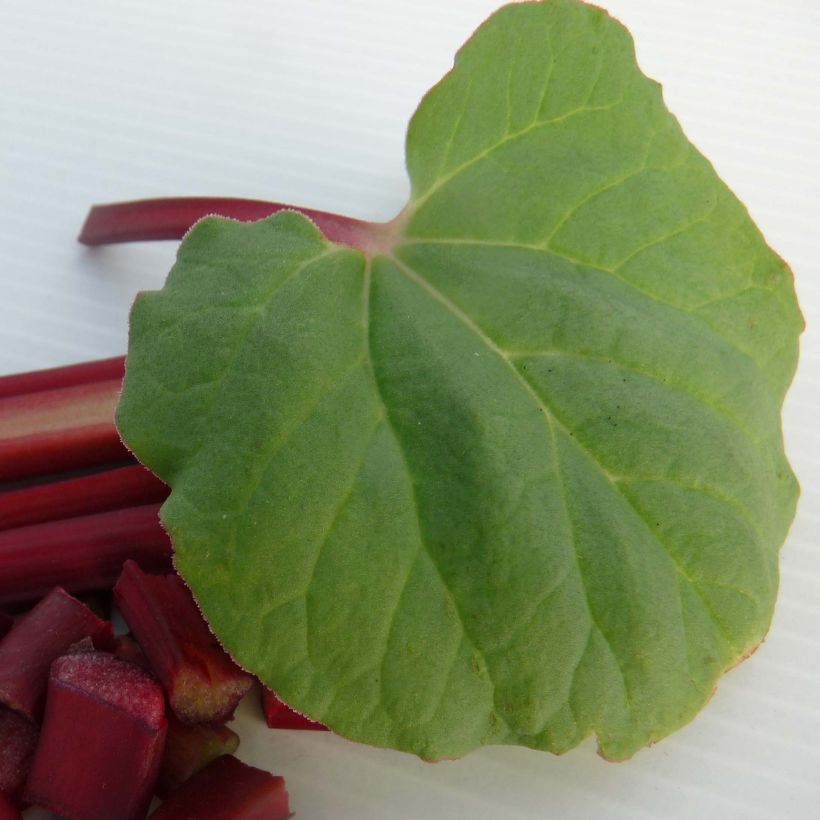

Harvest
Plant habit
Foliage
Other Berries A to Z
Planting and care
Planting is done in spring in cool regions (from February to May) and in autumn for mild climates.
It is in moist, fertile soil and cool climate that Rhubarb thrives best. Therefore, you will install it in rich or previously enriched soil (3 to 4 kg of compost per m²), in full sun or partial shade, making sure to leave enough space for its development, at least 1.2 m².
During planting, loosen the soil deeply and add well-rotted compost. Dig a hole, place the root ball and cover with soil. Firmly press down and water generously. It is also possible to grow it in a pot, provided that a deep and wide one is used, and watering should be closely monitored.
Remove the floral stems before they develop to promote leaf growth. During cultivation, water regularly, especially in hot weather. Apply mulch around the base to retain moisture in summer. Hoe and weed regularly.
Rhubarb is generous but it is demanding: an annual compost application is highly recommended.
Cultivation
Care
Intended location
-
, onOrder confirmed
Reply from on Promesse de fleurs
Berries
Haven't found what you were looking for?
Hardiness is the lowest winter temperature a plant can endure without suffering serious damage or even dying. However, hardiness is affected by location (a sheltered area, such as a patio), protection (winter cover) and soil type (hardiness is improved by well-drained soil).

Photo Sharing Terms & Conditions
In order to encourage gardeners to interact and share their experiences, Promesse de fleurs offers various media enabling content to be uploaded onto its Site - in particular via the ‘Photo sharing’ module.
The User agrees to refrain from:
- Posting any content that is illegal, prejudicial, insulting, racist, inciteful to hatred, revisionist, contrary to public decency, that infringes on privacy or on the privacy rights of third parties, in particular the publicity rights of persons and goods, intellectual property rights, or the right to privacy.
- Submitting content on behalf of a third party;
- Impersonate the identity of a third party and/or publish any personal information about a third party;
In general, the User undertakes to refrain from any unethical behaviour.
All Content (in particular text, comments, files, images, photos, videos, creative works, etc.), which may be subject to property or intellectual property rights, image or other private rights, shall remain the property of the User, subject to the limited rights granted by the terms of the licence granted by Promesse de fleurs as stated below. Users are at liberty to publish or not to publish such Content on the Site, notably via the ‘Photo Sharing’ facility, and accept that this Content shall be made public and freely accessible, notably on the Internet.
Users further acknowledge, undertake to have ,and guarantee that they hold all necessary rights and permissions to publish such material on the Site, in particular with regard to the legislation in force pertaining to any privacy, property, intellectual property, image, or contractual rights, or rights of any other nature. By publishing such Content on the Site, Users acknowledge accepting full liability as publishers of the Content within the meaning of the law, and grant Promesse de fleurs, free of charge, an inclusive, worldwide licence for the said Content for the entire duration of its publication, including all reproduction, representation, up/downloading, displaying, performing, transmission, and storage rights.
Users also grant permission for their name to be linked to the Content and accept that this link may not always be made available.
By engaging in posting material, Users consent to their Content becoming automatically accessible on the Internet, in particular on other sites and/or blogs and/or web pages of the Promesse de fleurs site, including in particular social pages and the Promesse de fleurs catalogue.
Users may secure the removal of entrusted content free of charge by issuing a simple request via our contact form.
The flowering period indicated on our website applies to countries and regions located in USDA zone 8 (France, the United Kingdom, Ireland, the Netherlands, etc.)
It will vary according to where you live:
- In zones 9 to 10 (Italy, Spain, Greece, etc.), flowering will occur about 2 to 4 weeks earlier.
- In zones 6 to 7 (Germany, Poland, Slovenia, and lower mountainous regions), flowering will be delayed by 2 to 3 weeks.
- In zone 5 (Central Europe, Scandinavia), blooming will be delayed by 3 to 5 weeks.
In temperate climates, pruning of spring-flowering shrubs (forsythia, spireas, etc.) should be done just after flowering.
Pruning of summer-flowering shrubs (Indian Lilac, Perovskia, etc.) can be done in winter or spring.
In cold regions as well as with frost-sensitive plants, avoid pruning too early when severe frosts may still occur.
The planting period indicated on our website applies to countries and regions located in USDA zone 8 (France, United Kingdom, Ireland, Netherlands).
It will vary according to where you live:
- In Mediterranean zones (Marseille, Madrid, Milan, etc.), autumn and winter are the best planting periods.
- In continental zones (Strasbourg, Munich, Vienna, etc.), delay planting by 2 to 3 weeks in spring and bring it forward by 2 to 4 weeks in autumn.
- In mountainous regions (the Alps, Pyrenees, Carpathians, etc.), it is best to plant in late spring (May-June) or late summer (August-September).
The harvesting period indicated on our website applies to countries and regions in USDA zone 8 (France, England, Ireland, the Netherlands).
In colder areas (Scandinavia, Poland, Austria...) fruit and vegetable harvests are likely to be delayed by 3-4 weeks.
In warmer areas (Italy, Spain, Greece, etc.), harvesting will probably take place earlier, depending on weather conditions.
The sowing periods indicated on our website apply to countries and regions within USDA Zone 8 (France, UK, Ireland, Netherlands).
In colder areas (Scandinavia, Poland, Austria...), delay any outdoor sowing by 3-4 weeks, or sow under glass.
In warmer climes (Italy, Spain, Greece, etc.), bring outdoor sowing forward by a few weeks.

































